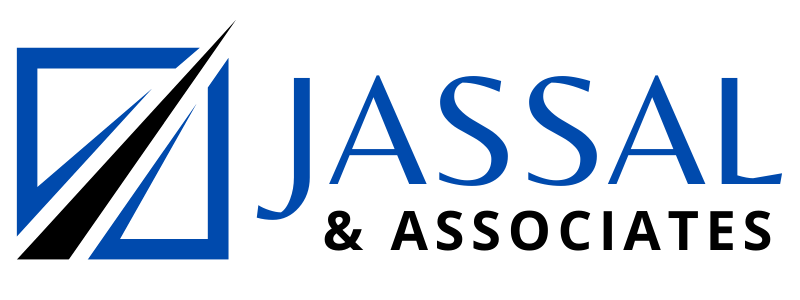What is a RESP?
All adults – a parent, grandparent, or relative wants to see the life of the next generation succeed in life. Education is a core requirement for young people to find that success in their life. It is common for parents to want to save money for their child’s post-secondary education. This is where a RESP can help.
RESPs, or Registered Education Saving Plans are an excellent way to save for post-secondary education because investment earnings grow on a tax deferred basis. Also, the federal government deposits a percentage of certain amounts you contribute to the form of a Canada Education Savings Grant or CESG. There are also grant programs available for beneficiaries in certain provinces who reside in that province. The earnings on the investments in the RESP are not taxed until the money is withdrawn.
Anyone can use a RESP, parents, grandparents, relatives, and family friends. Even adults that are planning to return to school can use money from an RESP.
The main advantages of a RESP:
- The money invested grows tax-deferred
- When the money is used to pay for education costs, the investment growth and given grants that are part of the withdrawal are taxed as income to the student
- You can earn a grant from Canada Education Savings Grant (CESG) by contributing to an RESP
- You can put up to a lifetime of max $50,000 in contribution limits, per beneficiary.
- A wide range of investments options are available to you for your RESP
- Family plans allow accumulated earnings to be shared among more than one beneficiary.
Some limitation to be aware of:
- The growth on contributions and grants must be used for post-secondary education. If the child does not pursue post-secondary education, all CESG money must be returned to the government.
- However, subscribers can withdraw contributions tax-free, and if the plan meets certain requirements, investment earnings can be rolled into the subscriber’s RRSP (if contribution room is available) or withdrawn in cash.
- There is a 20% tax penalty in addition to regular income taxes, when investments earnings are withdrawn in cash.
- There are restrictions on CESG eligibility for beneficiaries 16 years and older.
- If total contributions made on behalf of a beneficiary exceed $50,000, subscribers may be assessed a 1% penalty tax per month on their share of the excess contribution.
Some special considerations:
- To qualify for CESG money, planned beneficiaries must have a valid Social Insurance Number and be residents of Canada.
- Pooled trust plans (also known as “scholarship trusts”) are specialized RESPs that offer many of the advantages of RESPs but have many more restrictions on the use of funds. In addition, the amount of money available to your child is highly dependent on the number of other students in the pool. If you decide to stop contributing to the plan, income earned on your money remains in the pool.

